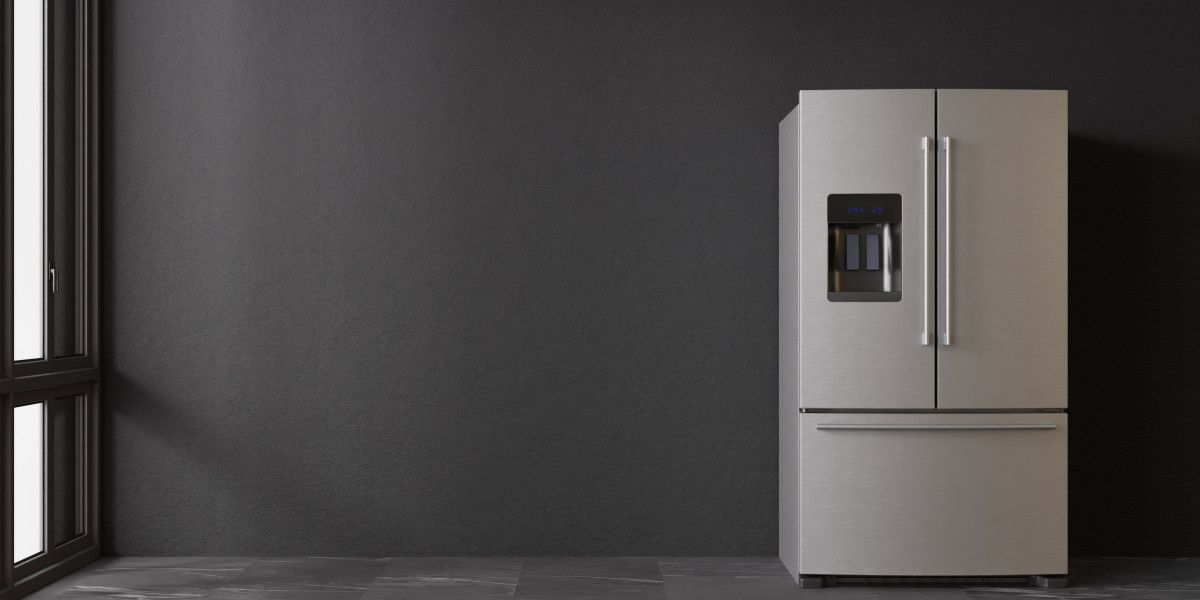Whether you're growing it indoors or outdoors, proper plant care is essential to maximize yield and potency. One technique that many growers use to improve airflow, light penetration, and bud development is defoliation. However, defoliating White Widow https://whitewidowseeds.com requires a careful approach. This post will walk you through some practical tips to help you defoliate your White Widow plants effectively without causing unnecessary stress.
Understand the Growth Pattern
Before you start removing leaves, it's important to understand how White Widow grows. This strain tends to develop thick foliage and dense branching, especially during the vegetative stage. While this bushy structure can support heavy buds later on, it can also block light from reaching lower parts of the plant. This is where defoliation comes into play.
Start with Healthy Plants
Only defoliate plants that are healthy and actively growing. If your White Widow is showing signs of stress, such as yellowing leaves or slow growth, it's best to wait until it recovers. Defoliation is a form of stress, and applying it to an already struggling plant can do more harm than good.
Timing is Key
The best time to defoliate is during the late vegetative stage and early flowering. In the vegetative stage, you can remove some of the larger fan leaves that are shading lower growth. This helps light reach the inner parts of the plant and encourages even development. Once you switch to flowering, a second round of defoliation can be done around the second week. This is often referred to as the "lollipop" technique, where lower leaves and small branches are removed to focus energy on the top colas.
Don’t Overdo It
One of the most common mistakes new growers make is removing too many leaves at once. While it might be tempting to strip the plant for better airflow, leaves play a crucial role in photosynthesis. A good rule of thumb is to never remove more than 20-30% of the foliage at one time. This allows the plant to recover quickly and continue growing without major setbacks.
Focus on Problem Areas
When defoliating, prioritize areas where leaves are overlapping or blocking bud sites. Remove large fan leaves that are shading lower branches or creating pockets of humidity. This not only improves light penetration but also reduces the risk of mold and pests, especially in dense canopies like those of White Widow.
Use Clean Tools
Always use clean, sharp scissors or pruning shears when defoliating. Dirty tools can introduce bacteria or fungi to the plant, leading to infections. After each session, wipe your tools with alcohol to keep them sterile.
Monitor the Plant After Defoliation
After defoliating, keep a close eye on your White Widow for a few days. Look for signs of stress such as drooping leaves or slowed growth. If the plant responds well, you can continue with light defoliation as needed. If not, give it time to recover before making any more cuts.
Final Thoughts
Defoliation can be a powerful tool in your White Widow grow strategy, but it must be done with care and attention. By understanding the plant’s natural growth, timing your defoliation correctly, and avoiding excessive leaf removal, you can help your White Widow thrive and produce a more bountiful harvest. Always remember that every plant is different, so observe how yours responds and adjust your approach accordingly. Happy growing!





